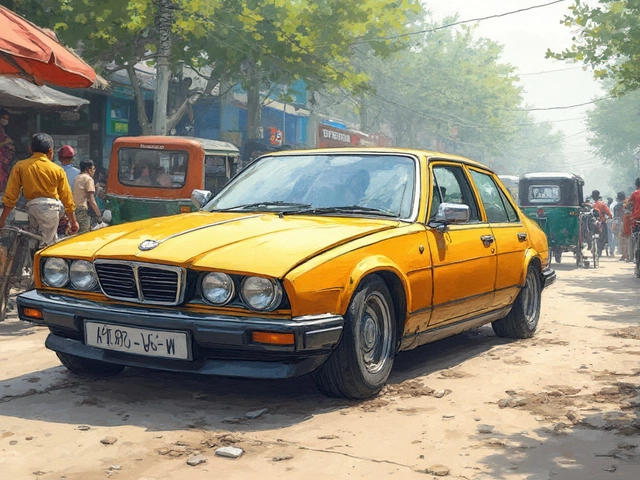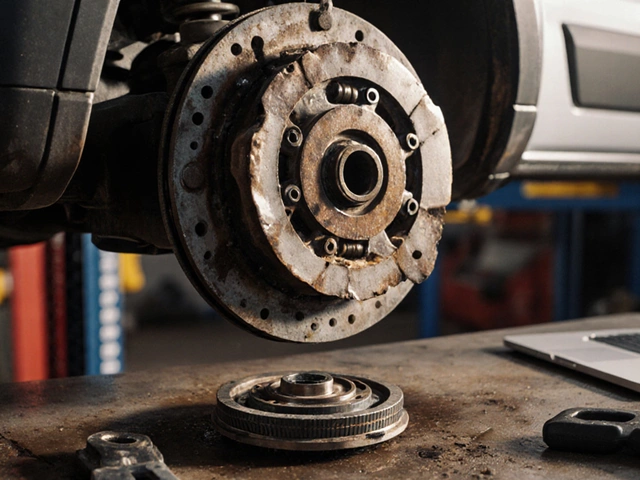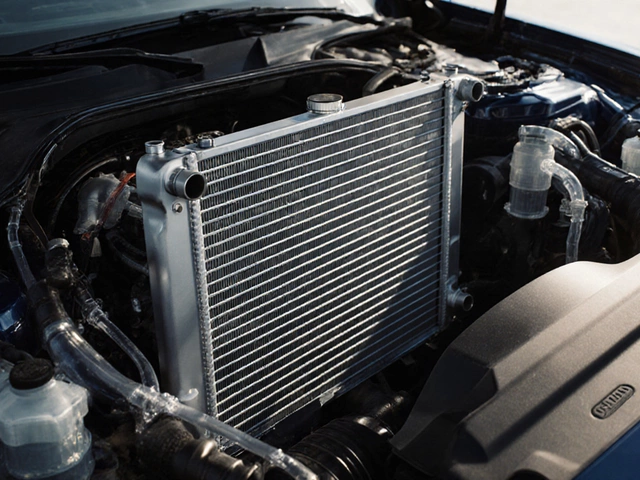
Driving Safety: Signs of Dangerous Car Problems and How to Avoid Them
When it comes to driving safety, the practice of operating a vehicle in a way that minimizes risk to yourself and others. Also known as road safety, it’s not just about wearing a seatbelt or obeying speed limits—it’s about recognizing when your car is failing before it fails you. A broken suspension, worn brake pads, or a slipping clutch might not seem like emergencies, but they turn small issues into life-threatening situations in seconds.
Take bad suspension, a system that controls how your tires connect to the road and absorbs bumps. Also known as shock absorber failure, it doesn’t just make your ride bumpy—it ruins your control. You won’t stop in time. You won’t steer where you aim. And your tires will wear out unevenly, turning a simple repair into a full tire replacement. The same goes for brake pads, the friction material that stops your wheels. When they’re worn thin, you hear squealing, feel vibration, and notice longer stopping distances. Ignoring those signs doesn’t save money—it invites accidents.
Clutch wear, the gradual loss of grip between the clutch plate and flywheel, is another silent killer. If your clutch slips when accelerating, or if you need to press the pedal all the way down to engage gears, you’re not just dealing with a mechanical issue—you’re risking a stall in traffic, a collision on a hill, or losing control on a highway merge. Even something as simple as a radiator failure, the component that keeps your engine from overheating. Also known as engine cooling failure, can turn a short drive into a melted engine block. Modern cars, even electric ones, still rely on cooling systems. Skip a coolant check, and you’re gambling with thousands in repairs.
Driving safety isn’t about perfection. It’s about awareness. It’s knowing that a strange noise under your car isn’t just "annoying"—it’s a warning. It’s realizing that replacing brake pads isn’t optional when you feel the pedal sinking. It’s understanding that a clutch that feels loose today could leave you stranded tomorrow. These aren’t hypothetical risks. They’re documented failures that happen every day to drivers who waited too long to act.
Below, you’ll find real, no-fluff guides on exactly what to look for, what it means, and what to do next. From identifying the sound of a failing fuel pump to knowing when a flat tire is beyond repair, these posts give you the facts you need—not marketing, not guesses, just what works on Indian roads. You don’t need to be a mechanic to stay safe. You just need to know what to watch for.
-
5 May






